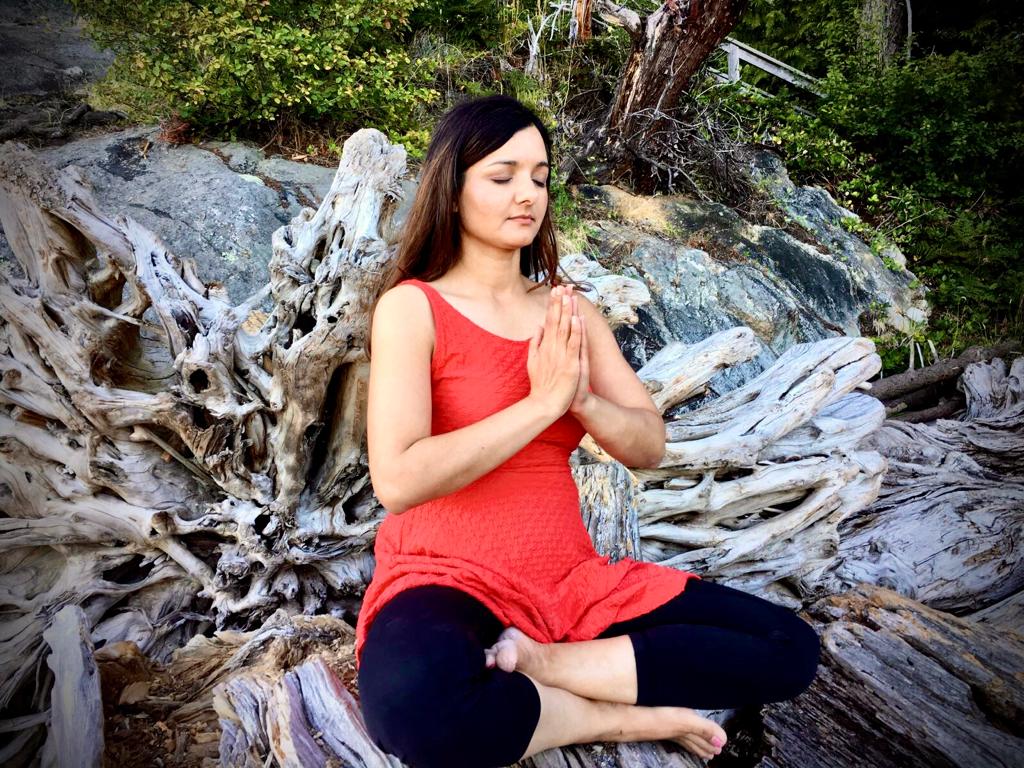Mediation
In the pursuit of holistic wellness and inner peace, the fusion of meditation and yoga offers a powerful synergy. Mediation for yoga, a practice rooted in ancient traditions, serves as a gateway to self-discovery, profound relaxation, and spiritual alignment. This writeup delves into the essence of mediation for yoga, exploring its principles, benefits, techniques, and the transformative impact it holds for individuals seeking balance in mind, body, and spirit.
Principles of Mediation for Yoga: At its core, mediation for yoga intertwines the principles of mindfulness, breath awareness, and conscious movement. It is not merely a physical exercise but a journey inward, fostering awareness of the present moment and connection with the inner self. Grounded in ancient yogic philosophy, mediation for yoga embraces the concept of unity – uniting breath with movement, body with mind, and individual consciousness with universal energy.
Benefits of Mediation for Yoga: The practice of mediation for yoga offers a plethora of benefits, encompassing physical, mental, and emotional well-being. Physically, it enhances flexibility, strength, and balance while promoting relaxation and reducing muscular tension. Mentally, it cultivates focus, clarity, and emotional resilience, fostering a sense of inner calm amidst life’s challenges. Emotionally, mediation for yoga nurtures self-awareness, compassion, and acceptance, facilitating personal growth and inner harmony.
Techniques of Mediation for Yoga: Mediation for yoga encompasses various techniques tailored to individual preferences and needs. These may include:
Mindful Breathing: Centering the mind by focusing on the natural rhythm of the breath, syncing each inhalation and exhalation with movement.
Body Scan: Progressively relaxing different parts of the body, releasing tension and promoting a sense of ease and spaciousness.
Visualization: Harnessing the power of imagination to evoke feelings of peace, joy, and connection, guiding practitioners into deeper states of relaxation.
Mantra Repetition: Chanting sacred sounds or affirmations to quiet the mind and attune to higher vibrations, fostering a sense of spiritual elevation.
Guided Meditation: Following verbal cues or recorded instructions to navigate through inner landscapes, exploring sensations, emotions, and insights.
Transformative Impact: The regular practice of mediation for yoga holds the potential for profound transformation, transcending the boundaries of the physical body and permeating into every aspect of life. It serves as a gateway to self-discovery, illuminating the path to authenticity, purpose, and fulfillment. By cultivating a deep sense of inner peace and presence, mediation for yoga empowers individuals to navigate life’s challenges with grace, resilience, and unwavering equanimity.
Conclusion: In a fast-paced world fraught with stress and distractions, mediation for yoga stands as a beacon of serenity and self-renewal. Through its timeless wisdom and transformative practices, it beckons seekers to embark on a journey of self-exploration, inner healing, and spiritual awakening. In the embrace of mediation for yoga, one discovers not only the union of body, mind, and spirit but also the boundless depths of the human soul.

